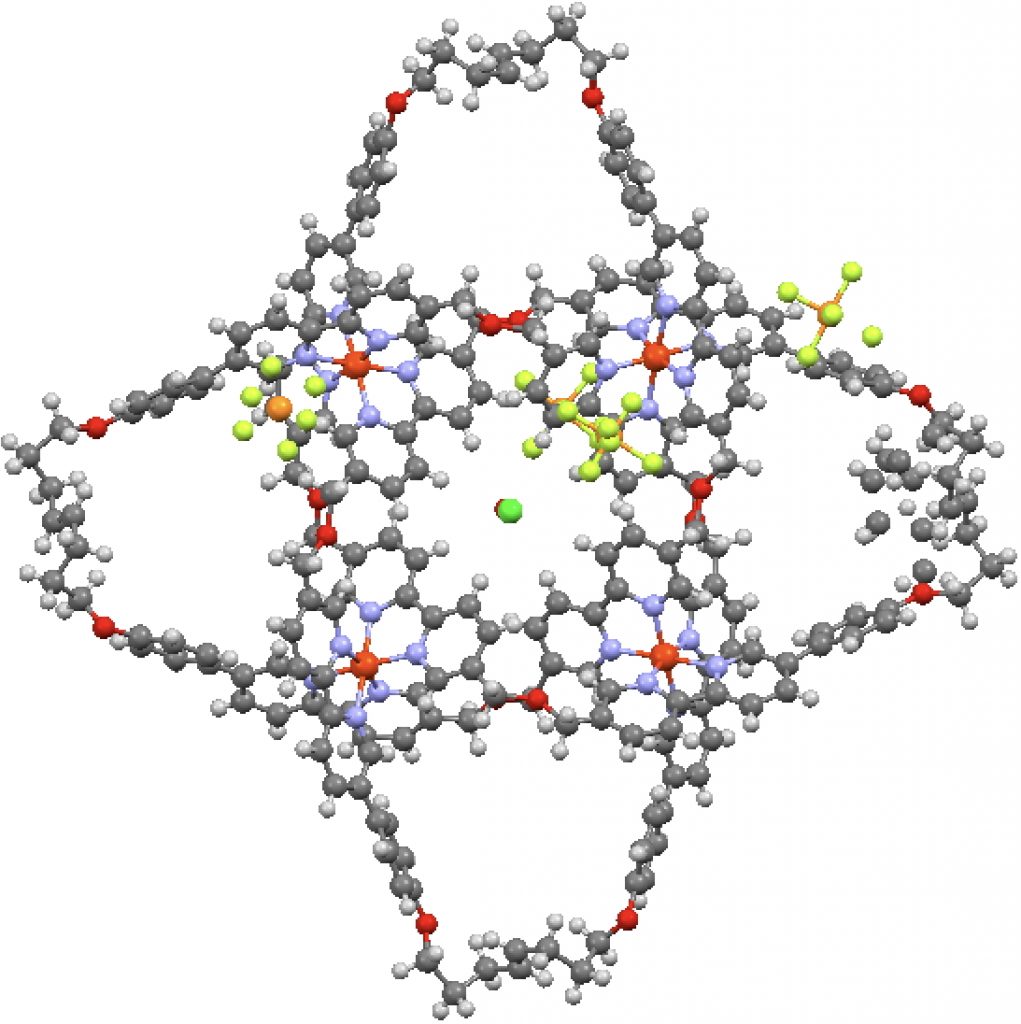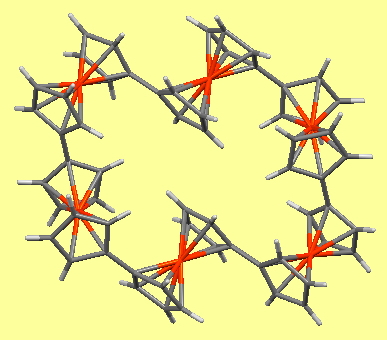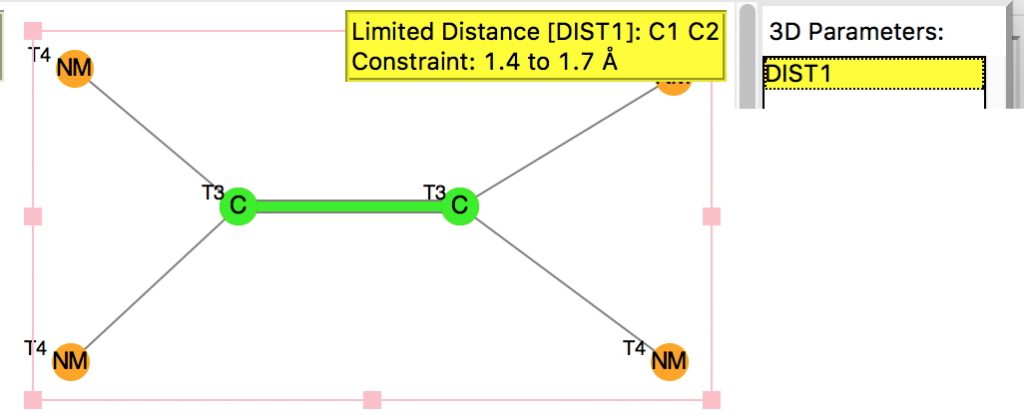The story so far. Inspired by the report of the most polar neutral compound yet made, I suggested some candidates based on the azulene ring system that if made might be even more polar. This then led to considering a smaller π-analogue of azulene, m-benzyne.

This is one of those posts of a molecule whose very structure is interesting enough to merit a picture and a 3D model. The study reports a molecular knot with the remarkable number of eight crossings.

Here is an inside peek at another one of Derek Lowe’s 250 milestones in chemistry, the polymorphism of Ritonavir. The story in a nutshell concerns one of a pharma company’s worst nightmares;

My holiday reading has been Derek Lowe’s excellent Chemistry Book setting out 250 milestones in chemistry, organised by year. An entry for 1920 entitled hydrogen bonding seemed worth exploring in more detail here. As with many historical concepts, it can often take a few years to coalesce into something we would readily recognise today, and hydrogen bonds are no exception.

The previous posts produced discussion about the dipole moments of highly polar molecules. Here to produce some reference points for further discussion I look at the dipole moment of glycine, the classic zwitterion (an internal ion-pair).
A project fork is defined (in computing) as creating a distinct and separate strand from an existing (coding) project. Here I apply the principle to the polar azulene 4 explored in an earlier post, taking m-benzyne as a lower homologue of azulene as my starting point.
I am completing my survey of the vote for molecule of the year candidates, which this year seems focused on chemical records of one type or another.
This, the fourth candidate provided by C&EN for a vote for the molecule of the year as discussed here, lays claim to the World’s most polar neutral molecule (system 1 shown below). Here I explore a strategy for extending that record.
Here is a third candidate for the C&EN “molecule of the year” vote.

Chemical and engineering news (C&EN) is asking people to vote for their molecule of the year from six highlighted candidates.

Following on from a search for long C-C bonds, here is the same repeated for C=C double bonds.